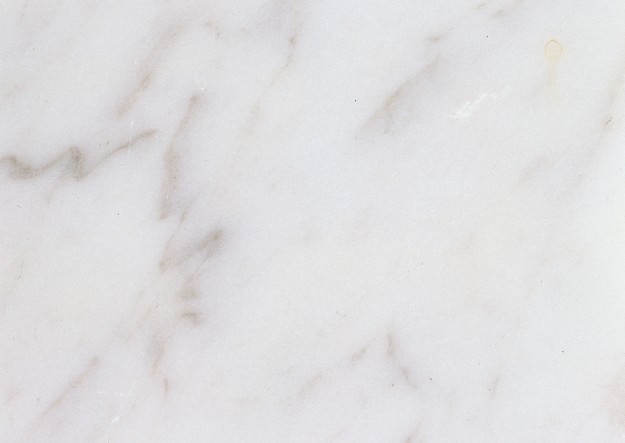

If you want to copy only the values, copy the data, go to the destination cell where you want the data to be copied, open the Excel Paste Special dialog box, and select Values. To use these, simply copy the cells, go the cell where you want to paste it, open the paste special dialogue box, and select the desired option.įor example, suppose you have a data set where you have formatted the data using borders and fill colors. For example, you can choose to only paste formulas, or values, or formats, or comments, etc. These options enable you to paste selectively. So let’s learn more about these options: Paste Options in the Paste Special Dialogue Box: If you have a good grip on these Excel Paste Special options, it can save you a lot of time (and you know time is money!). However, when you go through these, it makes a lot of sense to have these options available. It could be overwhelming to see so many options for something as simple as copying and pasting in Excel. Understanding Excel Paste Special Dialogue Box
Using Right-click Menu: Right Click in the cell where you want to paste, and then select paste special.Īll these three options would open a Paste Special dialogue box, as shown below:. Using Keyboard Shortcut: Use the Excel Paste Special Shortcut – Alt + E + S + V. This will open the Excel Paste Special Dialogue box. Using the Ribbon: Go to Home –> Clipboard –> Paste –> Paste Special. Once you copy it, here are three different ways to access paste special in Excel: The first step is to copy the cells that you want to paste. There are a couple of ways you can access the Excel Paste Special features. You can’t do that with a simple copy paste but you can do that using Excel Paste Special functionality in Excel. It copies not only the content of the cell but also the format such as background color, font color, borders(as shown below).īut what if you want to copy only the cell contents and not the formatting, or only the formatting and not the values, or only the formula within it? What happens when you copy a cell in excel and paste it somewhere else?  Understanding Excel Paste Special Dialogue Box. To make the cell D10 as an absolute reference, how should you specify it?ģ. Cell References in Excel are classified into 3 types: Relative Reference, Absolute Reference, and?Ģ. Attempt the quiz below to test your knowledge on Absolute references in Excel.ġ. This is the gist on Absolute Reference in Excel that you need to know. So we add the ‘$’ symbol before either the row or column, whichever is absolute. As the name suggests, the cell reference can contain an absolute column and relative row or an absolute row and relative column i.e. NOTE: Apart from Relative and Absolute references, there is a third category called Mixed Reference. You will notice that the final cost is calculated by multiplying each product cost with a fixed tax rate. The screenshot below displays all the formulas entered on the Excel sheet. When you drag the formula to copy it to the rest of the cells, the cell E4 will be locked. Look at the demo depicted below for a better understanding of the same. To make the cell E4 an Absolute Reference, add the dollar symbol ($) before the column name and row number like $E$4. So, we need to fix this value, i.e., E4, by making it an Absolute Reference.
Understanding Excel Paste Special Dialogue Box. To make the cell D10 as an absolute reference, how should you specify it?ģ. Cell References in Excel are classified into 3 types: Relative Reference, Absolute Reference, and?Ģ. Attempt the quiz below to test your knowledge on Absolute references in Excel.ġ. This is the gist on Absolute Reference in Excel that you need to know. So we add the ‘$’ symbol before either the row or column, whichever is absolute. As the name suggests, the cell reference can contain an absolute column and relative row or an absolute row and relative column i.e. NOTE: Apart from Relative and Absolute references, there is a third category called Mixed Reference. You will notice that the final cost is calculated by multiplying each product cost with a fixed tax rate. The screenshot below displays all the formulas entered on the Excel sheet. When you drag the formula to copy it to the rest of the cells, the cell E4 will be locked. Look at the demo depicted below for a better understanding of the same. To make the cell E4 an Absolute Reference, add the dollar symbol ($) before the column name and row number like $E$4. So, we need to fix this value, i.e., E4, by making it an Absolute Reference. 
You will notice that the Tax Rate Multiplier changes for every cost. Excel follows relative referencing by default. The screenshot attached below shows the formulas on our Excel sheet. To view the formulas added onto our Excel sheet, go to the Formulas tab → Show Formulas option and click on it.

If you drag down the formula to the rest of the cells in Column C, it results in error values. This formula works only for the cell to which it is added. In this example, we use the formula = B2*E4. To fix the range instead of a single cell, follow the syntax stated below:įirst, let’s look at a simple example where the final cost is calculated by multiplying each product cost with a tax rate multiplier. This is done by appending a dollar sign '$' before the row and column. We are fixing the cell B1 as an absolute reference. The syntax mentioned below helps you create an Absolute Cell Reference in Excel:
Make numbers absolute in excel mac for pc how to#
How to Create an Absolute Cell Reference?







 0 kommentar(er)
0 kommentar(er)
